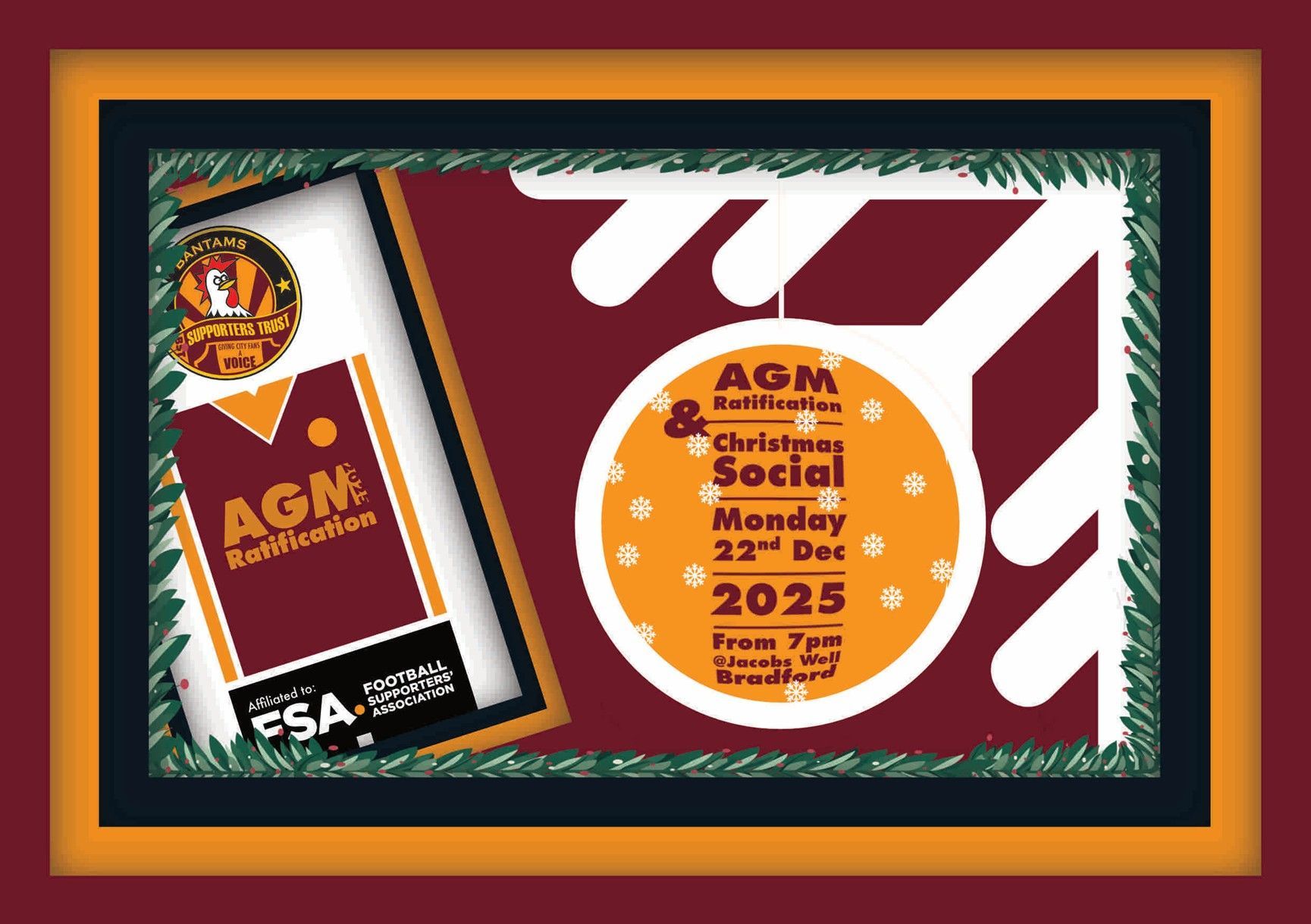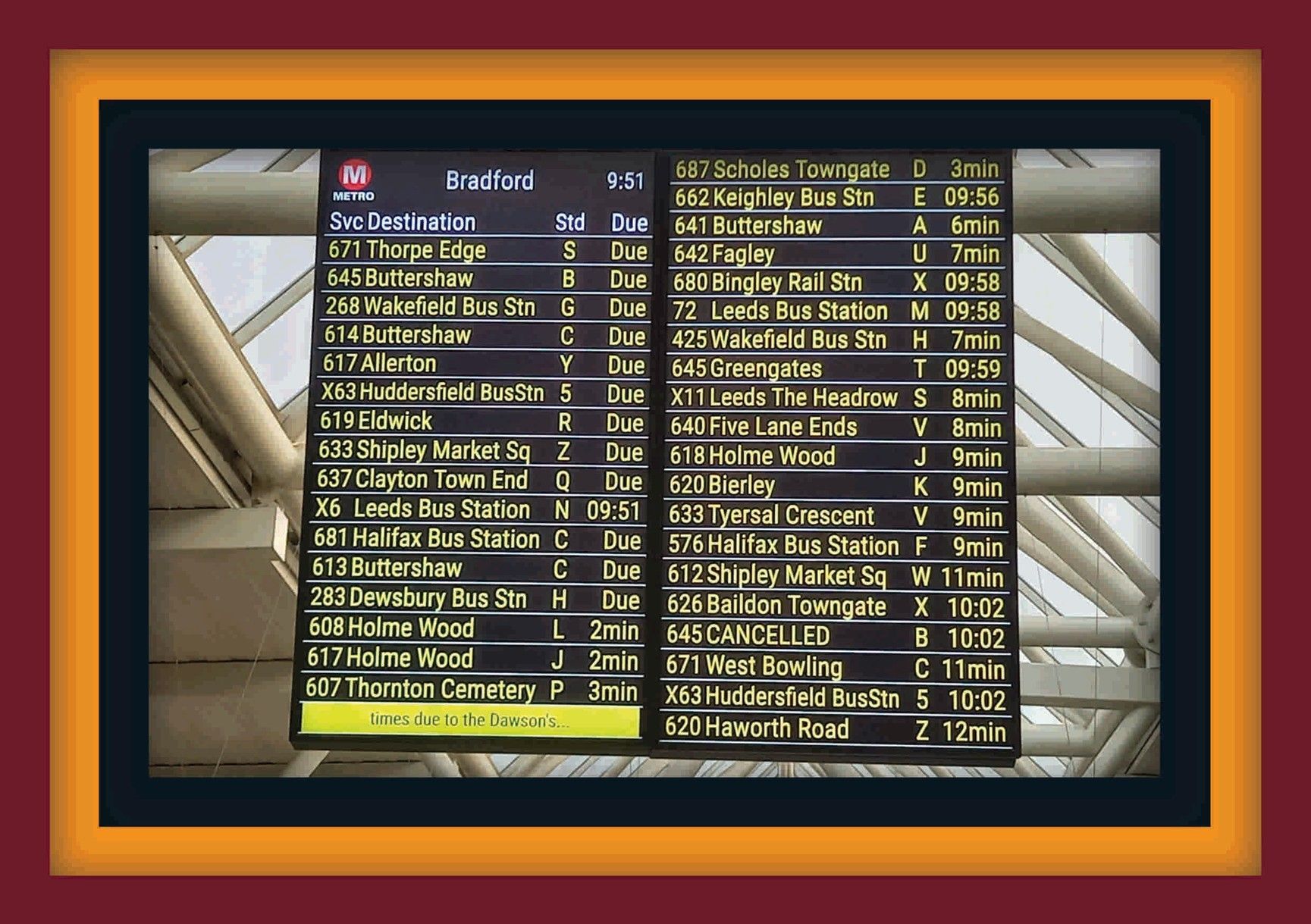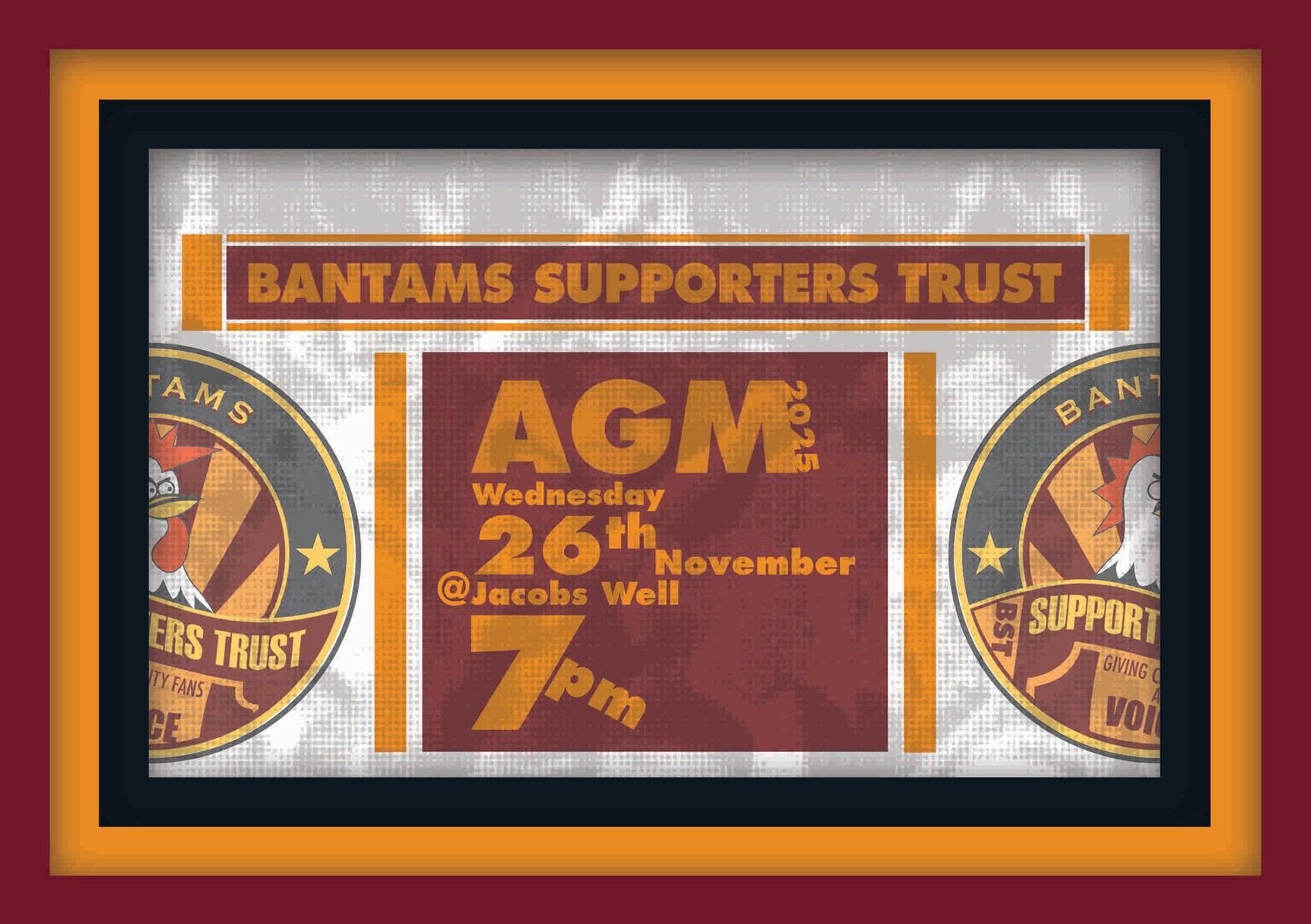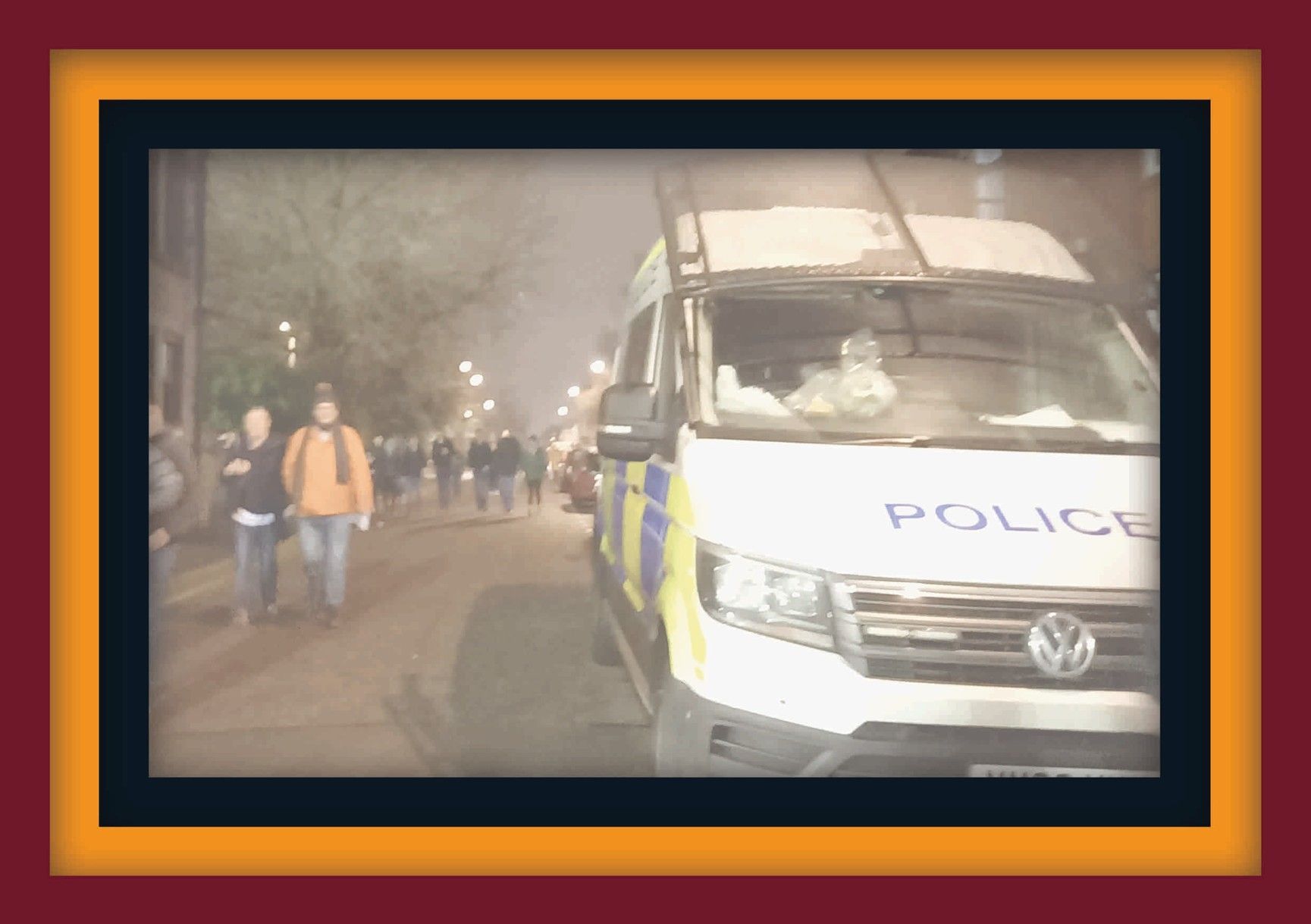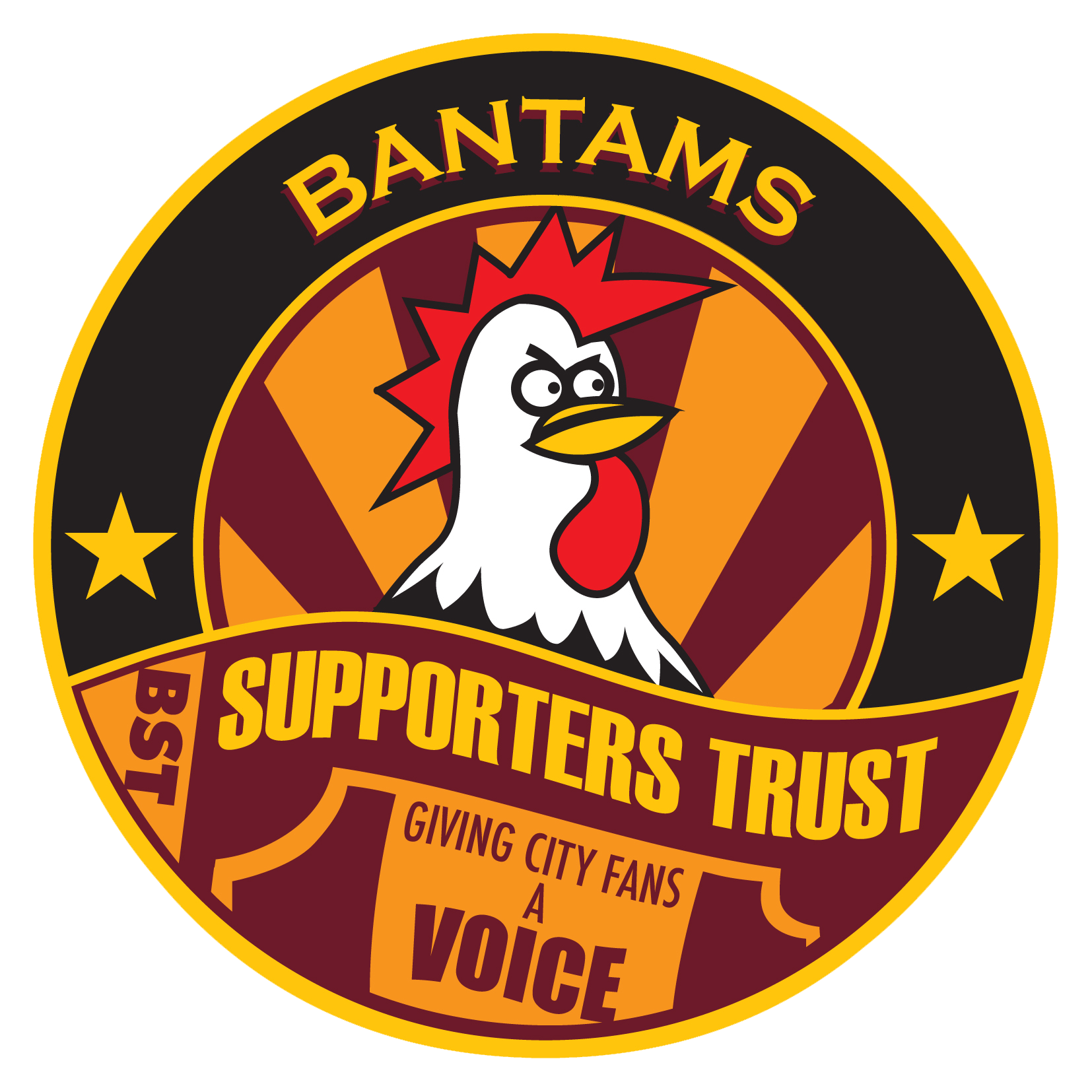September 8, 2025
We, supporters’ groups from across Europe, representing millions of football fans, express our firm opposition to the ongoing attempt to subvert the rules of the game by allowing leagues to relocate games elsewhere around the world. The latest efforts to disrupt the nature of European football with La Liga and Serie A trying to relocate games to the United States and Australia are a direct attack on the essence of football. Should either of these leagues’ proposals be allowed to go ahead, it would instantly open a Pandora’s box with unpredictable and irreversible consequences. Every club, every national team, every fan base globally would be at risk of seeing the team they love taken away from them, relocated to another part of the world, for one game or more. Or see other countries’ competitions knock on their door, just as La Liga and Serie A’s presence would disrupt domestic football and fan culture in the United States and Australia. Football is based on a set of rules and principles and the rules of domestic leagues are simple: you play the same clubs home and away and the best team wins the league. Relocating games to foreign soil undermines this vital pillar of the game. Any deviation from the existing rules is a perversion of football for the sole purpose of entertainment and short-term financial gain. Clubs are neither entertainment companies nor traveling circuses. They exist for the benefit of their communities and provide a sense of belonging, where fans have been attending home games for generations. Breaking this vital bond, even temporarily, would undermine the cultural, social, and local roots that give our game its’ meaning. The concept of flying players, staff, fans, and others across oceans for a “home” game is absurd, unaffordable, and environmentally irresponsible. It goes against European football’s stated commitment to sustainability and accessibility for all. It risks surrendering our clubs and our leagues to the will of entertainment companies, dictatorships, or vulture funds, whose interests in taking European football away from its home go against the very fabric of our sport. Four years after European football stood united and defeated the super league, we are facing a similar existential threat. We invite fans, players, media, governments, and football officials to act in solidarity and take a stand at this decisive moment for the future of the game. We call on UEFA, FIFA, and all national associations to stand firm, play their role as regulators of the game, implement their existing regulations, reject these proposals, protect the integrity of the game, reaffirm their commitment to the European Sport Model, and ensure that football remains rooted in our communities, where it belongs. Don’t take the game away from us. #KeepFootballHome Ronan Evain, Executive Director of Football Supporters Europe. said: "If this goes ahead, it will be the end of football as we know it. UEFA, FIFA, Leagues and National Associations have an obligation to protect the game and reject these nonsensical proposals now." Co-signed by Football Supporters Europe and: 12 Crusaders, 1893 Supporter Tamm, 1894 Group, 1897 Group, 1899 Supporter Gemmrigheim, AberdeenDNA, accionistas adr, Accionistas Unidos Sevilla FC, Accrington Stanley Supporters Society Ltd, AGF Fanclub Aarhus, AISA – Arsenal Independent Supporters’ Association, Ajax Supporters Association, AKS Zły, albercl 80, Allezlesbleuschampions, Amalgamation of Official Northern Ireland Supporters Clubs, Amasmob, A Nedde OFC, APDA, Apmae, Arabako Garrasia, Armada Sud, Armada Vermelha, Arminia Supporters Club, Arsenal GayGooners Supporters Club, Arsenal Supporters Trust (AST), Arsenal Women Supporters Club, Artois Lens Boys, Asociación de Aficionados Unidad Herculana, Asociación de Peñas del Real Oviedo (APARO), Asociación de peñas Racinguistas, Asociación Los 50, Asociación Señales de Humo, Asso Béthune, Association de Défense des Supporters Stéphanois, Association Nationale des Supporters (ANS), Aston Villa disabled supporters association, Atrébates, BAFF (Bündnis Aktiver Fußball Fans) e.V, Bantams Supporters Trust , Barbarians Havrais 1993, Barnsley FC Supporters Trust, Benztown Connection, Besaya verdiblanca, Betis Bohemio, Betis Never Drinks Alone, Black and White Together, Blackpool Supporters’ Trust, Block Paris II, Bluebirds Supporters Trust, Bluebirds Trust, Bollaert boys, Brentford Football Community Society Limited (Bees United), Brentford Independent Association of Supporters (BIAS), Breisgauflitzer e.V., Brigada Ultras Sporting, Brigade Loire, Brigata Mai 1 Gioia, Brighton & Hove Albion Supporters Club, Bristol City Supporters Club & Trust, Brøndby IF Fan Department, Brøndby Women Fanklub, Brustringbrigade Sachsenheim, BrusselsPower 2005, Bullitouren, Burnley FC Independent Supporters Association, BVB Fan- und Förderabteilung, Cachorros Getafe, Camp Sweden TIfo, Cannes 1902, Cannstatt Fire, Cardiff City DSA, CCS Allez Racing, Celtic Disabled Supporters Association, Charlton Athletic Supporters Trust, ChéFrivilensois, Chelsea Disabled Supporters Association, Chelsea Supporters Club, Chelsea Supporters’ Trust, Chelsea Without Barriers, Cherries Trust, Ch’tis alpins, Ch’tis Boys, Chtis canaris, Clarets Trust, Club des Supporters de Monaco, Club Nr. 12, Colectivo Ultras 95, Col·lectiu de Penyes Valencianistes, Collectif Isarien, Collectif Ultras Paris, Colliers Wood United FC, Comandos Azules, Commando Cannstatt 1997, Corocotta, Corrillo Ultras, Crystal Palace Independent Supporters’ Association (CPISA), Curva Nord Milano/Secondo anello verde n il, Curva nord 12, Curva Rommel, Curva Sud Milano, Cymru DSA, D’blueje kempfer, Danske Fodboldfans, Dave Smith Loyal RSC, De Sparta Supporter, De Stichting 2023, Denon Athletic, Die Blockbrüder, Diesdorf Borussen, Directivo Ultras XXI, Disidencia Albinegra, East Fife Supporters Society, Eastside Borussen MV, El bus de los béticos, El Lotero Rockero Group, Elsass Racing, England Fans’ Embassy, Eskes, Esquinita del Tajo, Esteban Hortal Japón, Everton Fan Advisory Board, Everton Fans Forum, Excel’Lens, Exeter City Supporters Trust, F_in – Netzwerk Frauen im Fußball, Fairplay Initiative, Falkirk Supporters Society, Fama Boys Ultras 1990, Fan- und Förderabteilung Eintracht Frankfurt, Fan- und Förderabteilung des SV Darmstadt 1898 e.V., Fan- und Mitgliederabteilung 1. FC Union Berlin, Fanabteilung Eintracht Braunschweig, Fanarbeit Bern, Fanatico Boys Ultras Heidenheim 2008, Fan Club Forza HJK, FanRat Braunschweig e. V., FASFE – Accionistas y Socios del Fútbol Español, FC Muckefuck 2000, FC Schalke 04 Supporters Club e. V., Federación de peñas del Alba, Federación de peñas Rayo Vallecano, Federacón De Peñas Del Elche CF, Fédération des Supporters du RCS, Femmes de Malmö, Feyenoord Supporters Verenging “De Feijenoorder”, Fioi Della Nord, First Cork City Brigade (FCCB), Fly Me To The Moon fanzine, Fond du Bus, Fondo 1922, Fondo Azulón, Fondo Norte 1928, Forest Green Devils, Fortuna Supporters Collectief, Fossa Saló, Foxes Trust, FSA Cymru, Fulham Lillies, Fulham Supporters’ Trust, Galeere Cannstatt, Geezers Hietalahti, Gintonic Albiazul, GN 14, Gol sur 1907, Goodboys Wattrelos, Grada 1907, Grada Joven Almería, Grada Murcianistas, Green Angels, Green lads Barcelona, Green Yellow Ouest, Grizzly Blues, Grupo 1922, Gueules noires de bollaert, Guliganerna, Gurea DA-Accionistas Albiazules, Gypsies supporters trust, Haagsche Bluf, Halbzeit – Gemeinsam gegen Rassismus, Hammers United, Handi Storck, Handi Tolosa, HandiFan Club Rc Lens, Hart voor Heracles, Henk Nieuwenhuis, Hijos de Barrios, HK05, Hooligans Teddy Boys, Horda Frenetik, I coniugi, IF Gnistanin Kannattajat ry, Ilicitana Durante, Indians Tolosa, Insane Guys, Inter Turku Supporters, Iparlabeak, Ipswich Town Fans Supporting Foodbanks, Iraultza1921, Irish Supporters Network, Iron Lens, Irresistibles Français, Jaro Supporters, Juvenil1991, Juventud 1907, Juventude Leonina Boys, Juventudes Verdiblancas 1986, Kinderjim, Klanen, Kleeblatt-Fanabteilung, Klopit, Klubipääty, Kop Ciel et Blanc, Kop De La Butte 1992, Kop du ternois, Kop Rouge 1993, KPO Crew, Kridef, Krokobande, KSO’93, L’Esprit Canari, La Banda Rojinegra, La Hinchada del Arlanzón, Leeds United Supporters’ Trust, Leicester City Supporters Club, Lens Capitale, Lens Centre, Lens Normandie, Lens PACA, Lens Picardie, Lens’Buscade, Lens’Oye, Lensbudcade, Lensois Du Sud, Lensois On Line, Les Gueules Noires De Bollaert, Les lensois du sud, Les Téméraires, Letzi Junxx – Queer FC Zürich Fanclub, Levante Fans 1909, Leyton Orient Fans’ Trust, Leyton Orientear fanzine, Libertad VCF, Lingon’s Boys, Liverpool Disabled Supporters Association, Locals1903, Londra Bianconera, LUSN, Magia Tricolor, Magic Fans 1991, Magic Lens, Malaka Hinchas, Manchester United Disabled Supporters Association, Manchester United Youth Supporters Club, Marchena Fans Betis, Mauves Army, Mauves Army 2003, MBIDF, MCFC Fans Foodbank Support, Merlus Ultras 1995, MFF Support, Middlesbrough Supporters Forum, Milli Deste, Millwall Supporters Club, Milton Keynes Dons Supporters Association, Mineurs 2 fond, ML1, Mormile Raeticae, Movimiento Ambar, MUST (Manchester United Supporters Trust), My Old Man Said, NAC-Supportersvereniging, Nao’Hed, Nemetum Ultras, Newcastle United Supporters Club, Newcastle United Supporters Trust, Newport County AFC Supporters’ Trust, Nieuw Noord, Nordkurve Leverkusen e.V., Norsk Supporterallianse, North devils 08, Northampton Town Supporters Trust, Northern Ireland Seasiders, Nostra Ensenya, Notorious Boo Boys, Nottingham Forest Supporters Trust, Nukleo Ason, Old Rabbits Cannstatt e.V., Old School Hammers, Oldenburger Faninitiative e.V., Opale Lens, Orgullo Cazurro, Orgullo Isleño, Ösi Borussen 1909, Oss fanatics, Panthers Fano ’77, Pariser Section, Passione Paderborn, P.B. La Esquinita, Peña Albacetista K’Tomas, Peña Atlética de Alemania, Peña Atlética Indios de Caledonia, Peña Atlética Villalba, Peña Aúpa Racing, Peña Azul Madrid, Peña Bética Carnavalesca El Pato Verde, Peña Bética de Londres, Peña bética los asauras, Peña Bética El Manicomio, Peña Bética La Esquinita, Peña Bética La Periférica, Peña Bética La Pole, Peña Bética l’h Verdiblanca, Peña Bética Ludobetis, Peña betica Novena Provincia, Peña bética Sierra de San Pedro, Peña bética Triana 41010, Peña Bética Uruguados, Peña Carbayona El Fondrigo, Peña Peru Zaballa & Zamanillo, Peña Racinguista Comunidad Valenciana, Peña Racinguista Kant-Iber, Peña Racinguista Marea Verde, Peña Racinguista Ojáncanos, Peña Sevillista Colonos Coloraos, Peña sportiguista Piniella 6, Peña Sportinguista De Madrid al Cielo, Peña Sportinguista El Ferrerín, Peña Sportinguista Los Guajes, Peña Sportinguista sentimiento rojiblanco la regence, Peña Valderas, Peña Zaragocista Presentes Por El Escudo, Penya Barcelonista Lleó de Dues Cues, Penya Espanyolista de Mataró, Penya Valencianista Colla Blanc-i-negra, Pepa Betica Logroño, Pequeños Accionistas del CD Tenerife, Plataforma ADRV, PNE Online, Pomada Verdiblanca, Pompey Supporters Trust, Port Vale Supporters Club, Portsmouth Supporters’ Club (central branch), Portsmouth Supporters’ Club (Central Branch), Proud Hornets, Proud Lilywhites, Proud Seagulls, Projekt Trauer und Fußball, QPR 1st Supporters’ Trust, Qrcylens, Rabaltai, Racing Girls Strasbourg, Rainbow Blades, Rainbow Tractors, Raith Supporters Trust, RamsActive, RamsTrust, Ravenna 1913, Red and White Army Supporters’ Trust, Red Blue Angels 2012, Red Boys 96, Red Kaos 1994, Red kaos Grenoble, Red Star Fans, Red Tigers, Roazhon Celtic Kop 1991, Robins Trust, Saftkokaradn, Saikos, San Fernando casuals, San Jose 1913, Sang&Nord, Sanjose1913, Sarzana Presente, Saturday FC, Schickeria München, Schwarz-Gelbe Essener e.V., schwatzgelb.de, Scottish Football Supporters Association, Sección Mühle, Sección Völcaus, Section Kiosk 5, Section Muriel, Seguaci della Nord, Seguiment FCB, Settore Est, Sheffield Wednesday Women’s Supporters Group, Shenhua Element Crew, Siranac, Skansin, South End Core, South Leaders 2012, Spirit of Shankly, SpursAbility, Squadra 1940, STAR – Supporters’ Trust At Reading, Stichting KingZine, Stoke City Supporters Club, stup, Stuttgarter Hofboys, Sud’porters sang et or 65, Südland Arminen, Südtribüne Dortmund e.V, Sunderland AFC Branch Liaison Council, Suomen Maajoukkueen Kannattajat ry, Supporters associatie Go Ahead Eagles, Supporters Direct Scotland, Supporters Gol Sur, Supporters Mainz e.V., Supporters Pordenone & Bandoleros Pordenone, Supportersclub FC Den Bosch, Supportersclub Willem II, Supporterscollectief Nederland, Supportersvereniging Ajax, supportersvereniging De Trouwe Oss, Supportersvereniging FC Dordrecht, Supportersvereniging FC Groningen, Supportersvereniging NEC, Supportersvereniging PSV, Supportersvereniging Telstar, Supras Göteborg, Sustaina-Bees, SV Eindhoven, SV FC utrecht, SV FCVD, Sv Pro Excelsior, SV Superboeren De Graafschap, SVFCU, Swansea City Supporters’ Trust, Swindon Town Official Supporters Club, Swiss Fans’ Embassy, Synthesia 79, Szene 1916 Sandhausen, Team54, Terminus Guînes, The 1958, The Football Supporters’ Association, The Holte Trust, The Kilmarnock Supporters Society Ltd (The Killie Trust), The Mariners Trust, The North Fans, The OSC, The Scottish Football Supporters Association, The Shed End, The Well Society, Three Lions Pride, Tifozat Kuq e Zi, Tim, Torcida Verde Ultras 1984, Torreblanca Green, TotoTeam, Tottenham Hotspur Supporters’ Trust, TRA Manchester, Trade Union Blues, TramsBarmyArmy, Trans Pennine Irons, Trasferta Molesta, Tribune Nord Sochaux, Turbulens, Txirimiri Verdiblanco, Ultra Boys, Ultra Boys 90, Ultra Naciente, Ultramarines Bordeaux 1987, Ultras 1898, Ultras 1911, Ultras Auxerre 1990, Ultras Bitola, Ultras Brescia 1911, Ultras Mantova 1975, Ultras Monaco 1994, Ultras Murcia, Ultras Palazzolo 1913, Ultras Udinese 1995, Unión de Peñas Sportinguistas, Union Internacional De Peñas Del Atletico De Madrid, UnoNoveDueSeis, Unonoveduesei Firenze, Unsere Kurve e.V., Utrera Betis Fans, VAK112, Vålerenga kokos, Valladolid 1984, Vamos Bien, Vandals Malmö, Venezianestre, Veterani IncUdine, VfB Fanclub 1806 Württemberg, VfB Fanclub Kutten 1893, Viking Supporters Cooperative, Villa Bellas, Villarreal Fans, Wanderers Bremen, Waterford Blues Supporters Club, West Ham United Supporters’ Trust, White Rose Reds Independent Liverpool FC Supporters Club, Wolf 17, Wolves 1877 Trust, Women of The Lane, Wor Flags, Wrexham Supporters Trust, Wycombe Wanderers Supporters Trust, Yorkshire England Supporters, You Boys in Green, Zoep’n Boere.
